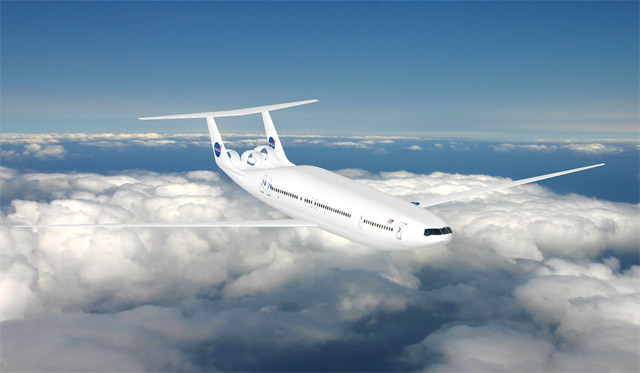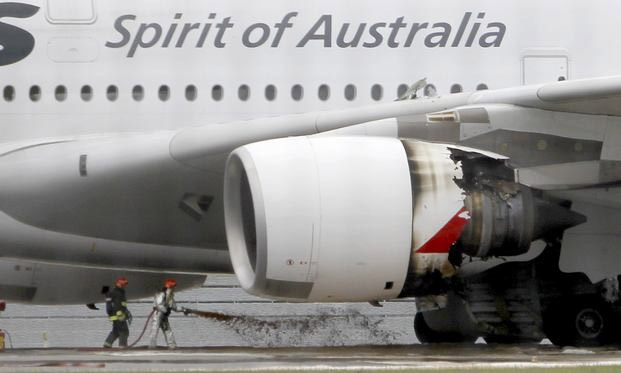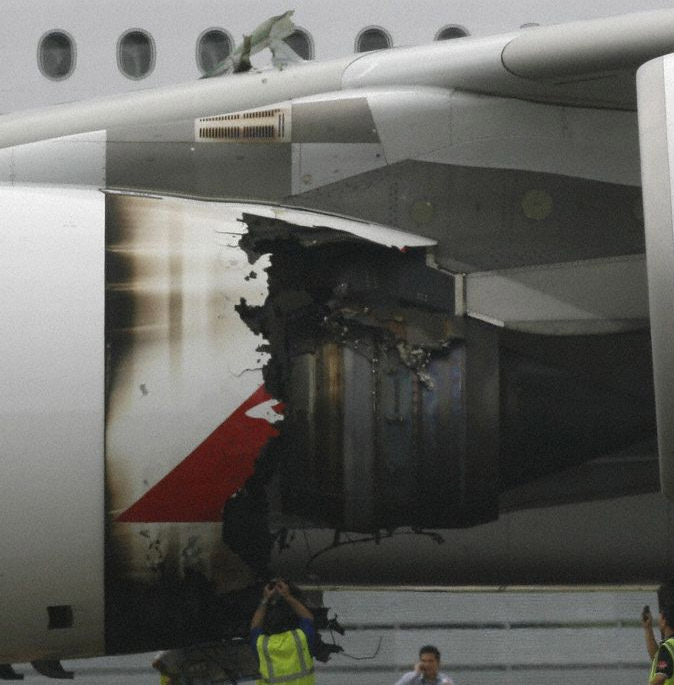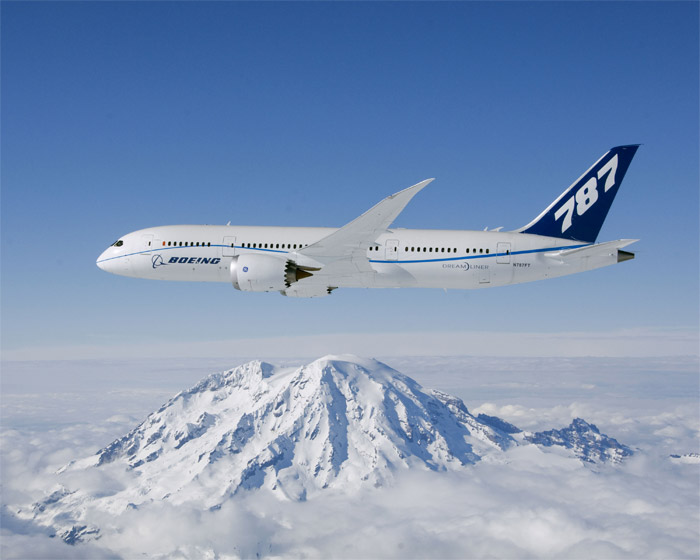One more of those fantastic Ilyushin 76s got lost 🙁 According to ASN an Ilyushin 76TD operated by Sun Way crashed shortly after take-off from Karachi-Jinnah International Airport (KHI), Pakistan. The flight was bound for Khartoum, Sudan. No one of the 8 crew members survived.
Video







